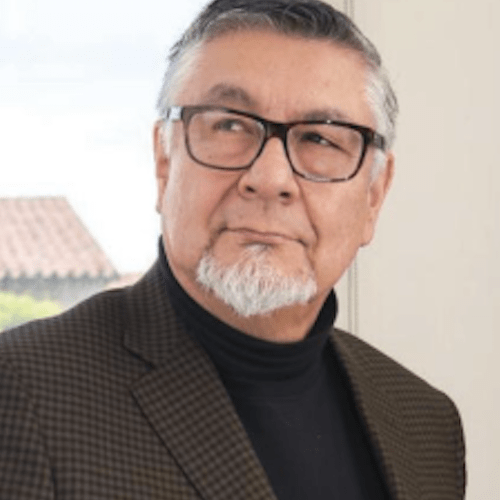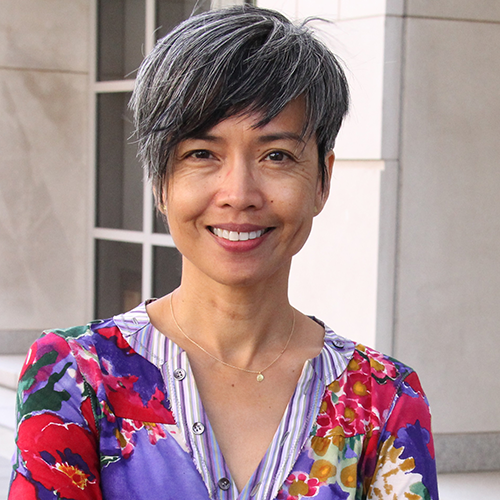Research shows California Latinos hit hard by COVID
Case rates within non-white populations, in almost every age group, were from one-&-a-half to nearly 6x as high as the white non-Hispanic population.


Researchers from the UCLA Fielding School of Public Health have found the burden of the COVID-19 pandemic has consistently hit Latino Californians with case rates roughly three times that of whites in all age groups.
Across the state’s population, in fact, case rates – defined as infections confirmed by testing and recorded by the California Department of Public Health - within each non-white population, in almost every age group, were from 1.5 to more than five times as high as white Californians.
The report – “The Epidemiology of Diversity: COVID-19 Case Rate Patterns in California” - is set for publication in the upcoming August issue of the peer-reviewed Journal of Immigrant and Minority Health, but is currently available on-line.
“The epidemiology of diversity in California is plain: overall, the curve for COVID-19 case rates observed in the white, non-Hispanic population, in each age group from newborns to 80 years and over, is consistently lower than the curve for all other racial and ethnic groups,” said co-author Dr. David Hayes-Bautista, UCLA Fielding School of Public Health professor of health policy and management and distinguished professor of medicine at the David Geffen School of Medicine at UCLA.
“All Californians need to realize that the root causes that led to these results are going to remain, even after this pandemic passes,” said Hayes-Bautista, who also serves as director of the Center for the Study of Latino Health and Culture (CESLAC) at the Geffen School. “These numbers are clear evidence of systemic problems with health and healthcare delivery, and the public health strategies in reaction to the pandemic, here in California.”
The researchers found similar patterns across all groups. The Native Hawaiian/Pacific Islander curve in the adult and older adult groups ranges from three to five times as high as the white curve. The Black/African-American curve likewise starts out similar to that for whites in the under-17 age group, then rises to about twice as high in the older adult groups.
The Latino curve starts about three times as high as the white curve in the under-17 age group, and continues to be nearly three times as high throughout all six age groups, including the oldest adults. Among Asian-Americans in California, the curve starts out similar to whites in the under-17 age group, then quickly rises to about 50% higher than the white curve throughout the older age groups. There were too few American Indian/Alaska Native cases in all age groups to calculate separate age-group rates, but where measurable, the rates also trend higher than those for whites.
The researchers caution that some of the state records are incomplete. The major limitation is that, out of 136,191 cases reported, 28.5% (38,855) are missing data on race and ethnicity. The pattern of missing information in each age group was relatively consistent, ranging from 26.9 to 30.8%, and does not appear to be missing differentially, said Dr. Paul Hsu, Fielding School assistant professor of epidemiology and a co-author of the report.
“A complete count might change the rate values, but would not significantly alter the patterns seen here,” Hsu said. “In fact, we continued to analyze data until late April of 2021, and the pattern remained the same: non-white populations suffered the highest case rates in California.”
The authors said the case rate findings can be laid, quite clearly, to the differences in how racial and ethnic groups in California make a living, and how they reacted to the pandemic.
“The vast majority of `essential' workers are not medical professionals, but individuals who perform manual labor and provide essential goods and services to those sheltering at home—more often than not without the benefit of PPE, much less health insurance or access to a regular source of health care,” Hayes-Bautista said. “For large numbers of Californians, sheltering at home is not feasible, either from an economic perspective or simply from the requirements of their jobs.”
Methods: The team analyzed data on California’s cumulative number of laboratory-confirmed COVID-19 cases (136,191), as of June 9, 2020, made available by the California Department of Public Health (CDPH), and disaggregated by race/ethnicity into exclusive groups: Latino (of any race), White Non-Hispanic (NH), Asian NH, African-American/Black NH, American Indian/ Alaskan Native NH, Native Hawaiian/ Pacific Islander NH, Multi-racial NH, and Other NH.
The CDPH compiles cases reported by local health departments, along with results from its own laboratories. This study derives population denominators for each race/ethnicity, disaggregated into these age groups, from the 2018 American Community Survey 1-year estimates. All analyses are performed on publicly available, de-identified data, with no subject participation.
Funding: This research received no specific external funding.
Citation: Hsu, P., Hayes-Bautista, D.E. The Epidemiology of Diversity: COVID-19 Case Rate Patterns in California. Journal of Immigrant Minority Health (2021). https://doi.org/10.1007/s10903-021-01159-x
The UCLA Fielding School of Public Health, founded in 1961, is dedicated to enhancing the public's health by conducting innovative research, training future leaders and health professionals from diverse backgrounds, translating research into policy and practice, and serving our local communities and the communities of the nation and the world. The school has 631 students from 26 nations engaged in carrying out the vision of building healthy futures in greater Los Angeles, California, the nation and the world.
Faculty Referenced by this Article

Dr. Anne Rimoin is a Professor of Epidemiology and holds the Gordon–Levin Endowed Chair in Infectious Diseases and Public Health.

Dr. Ron Andersen is the Wasserman Professor Emeritus in the UCLA Departments of Health Policy and Management.

Robert J. Kim-Farley, MD, MPH, is a Professor-in-Residence with joint appointments in the Departments of Epidemiology and Community Health Sciences

Professor of Community Health Sciences & Health Policy and Management, and Associate Dean for Research

Dr. Michelle S. Keller is a health services researcher whose research focuses on the use and prescribing of high-risk medications.
Nationally recognized health services researcher and sociomedical scientist with 25+ years' experience in effectiveness and implementation research.

EMPH Academic Program Director with expertise in healthcare marketing, finance, and reproductive health policy, teaching in the EMPH, MPH, MHA program

Dr. Joseph Davey is an infectious disease epidemiologist with over 20 years' experience leading research on HIV/STI services for women and children.













































































































